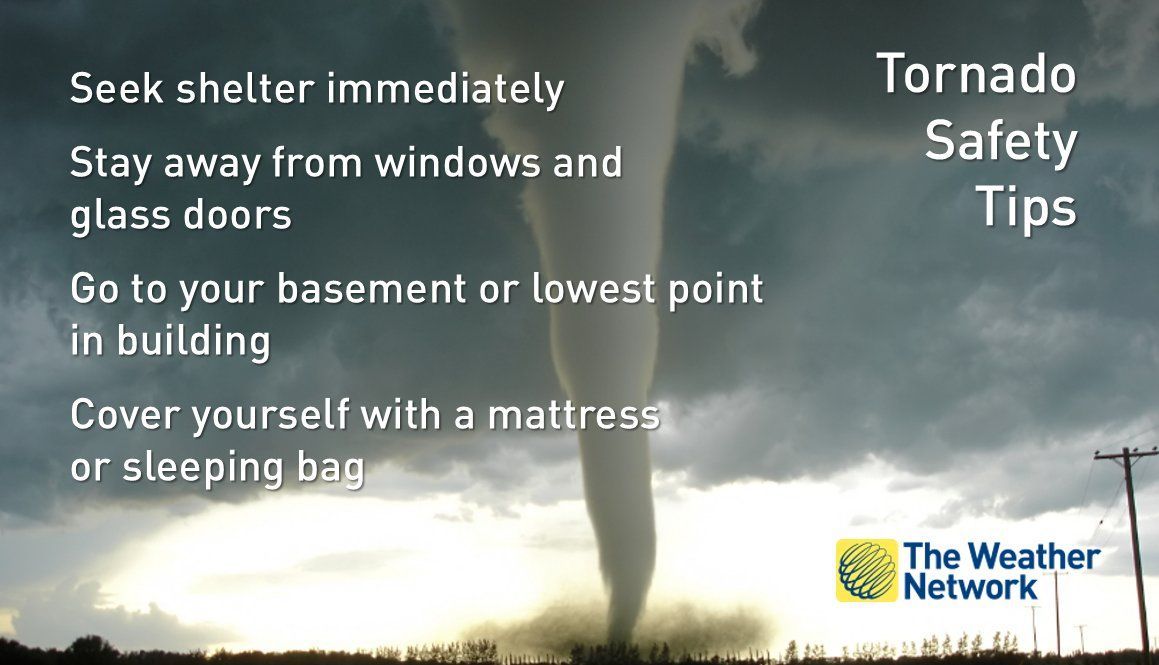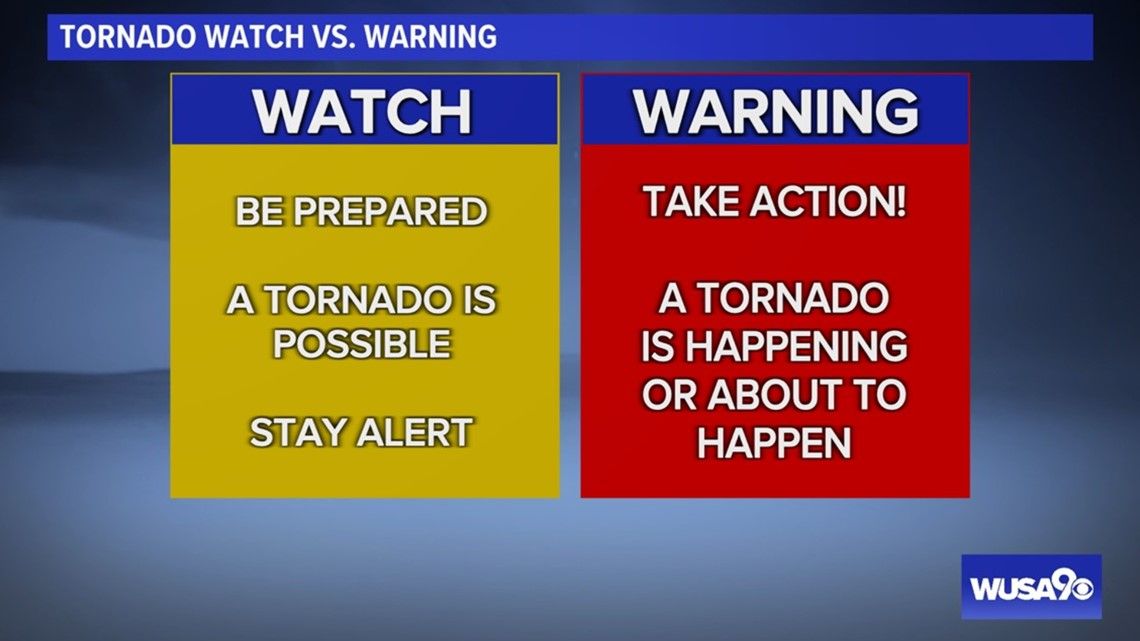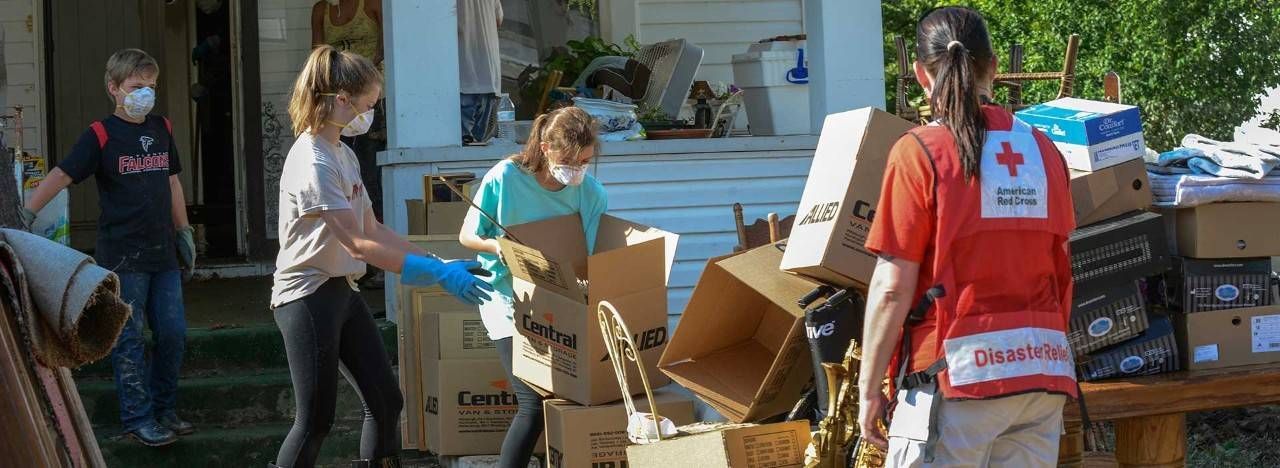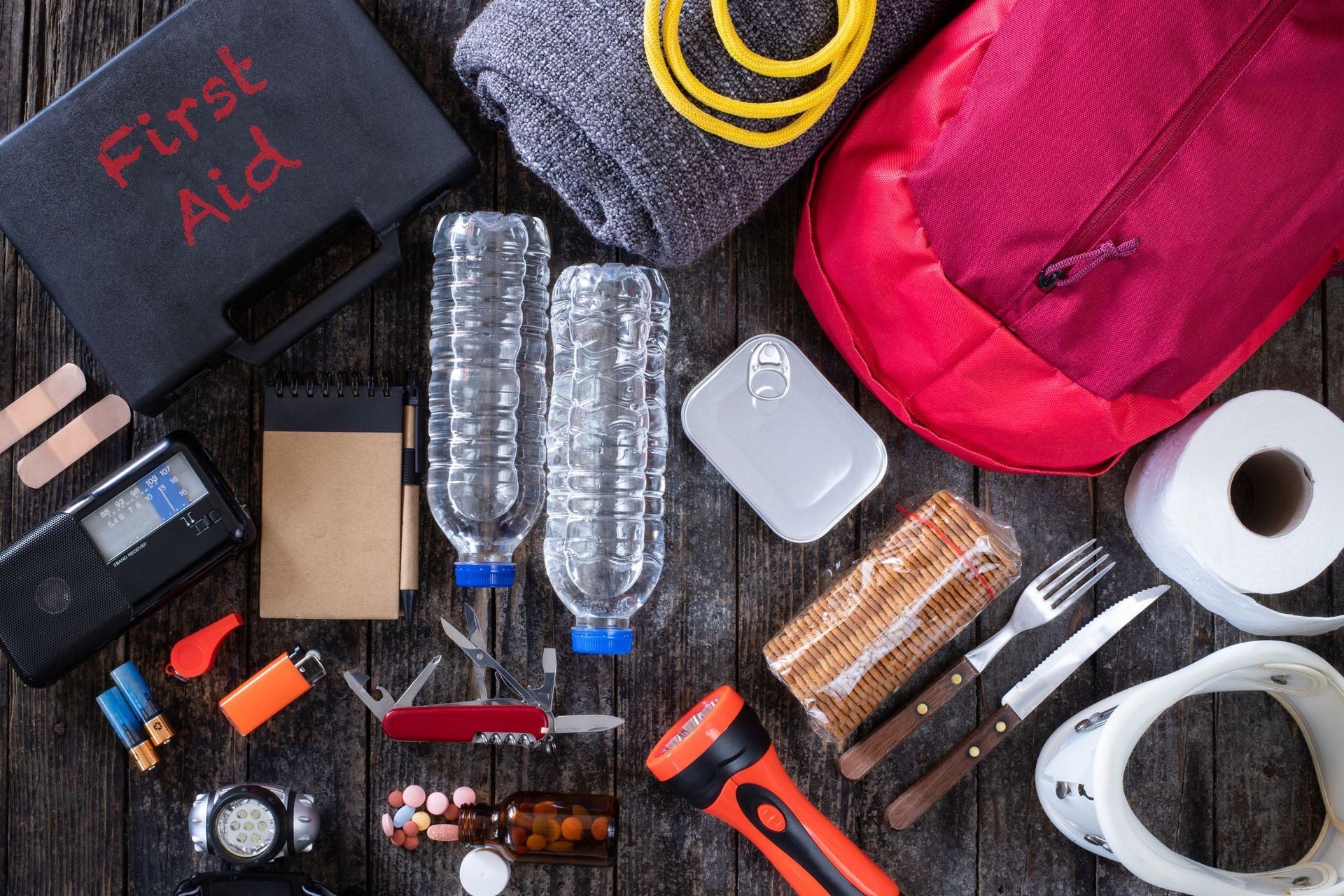What to do in case of a tornado:
Stay weather-ready: Listen to local news or a NOAA Weather Radio for updates on tornado watches and warnings.
At your house: Go to your basement, safe room, or an interior room away from windows.
At your workplace or school: Follow your tornado drill and proceed to your tornado shelter location quickly and calmly.
Protect yourself: Cover your head or neck with your arms and use materials like furniture and blankets for added protection










